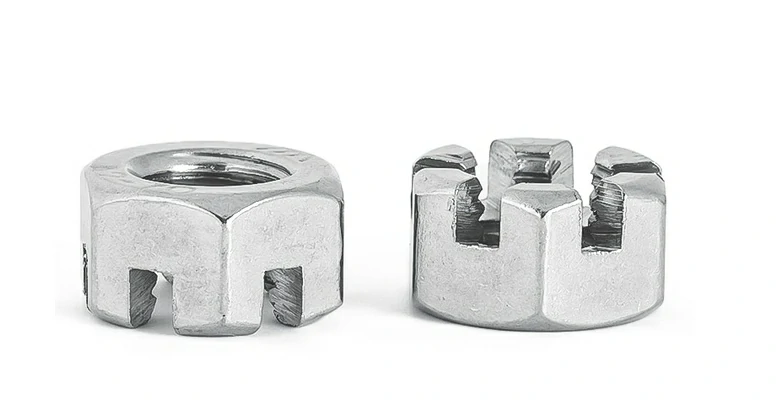Understanding the Differences: Nut vs. Bolt
When it comes to working with hardware and fastening materials, understanding the differences between nuts and bolts is essential. While both nuts and bolts are commonly used in construction and mechanic work, they serve distinct purposes and have unique features that make them suitable for specific tasks.
Let's start by defining what a nut and a bolt are. A nut is a small, usually hexagonal piece of metal with a hole in the center that is used to fasten bolts and screws. Nuts are typically threaded on the inside and are designed to be screwed onto a bolt or a screw. On the other hand, a bolt is a threaded fastener with a head that is used to secure two or more components together. Bolts come in various sizes and lengths, and they require a nut to fasten objects together securely.
One of the key differences between nuts and bolts is their function. Nuts act as the female component of a fastener system, while bolts serve as the male nut vs bolt. In other words, nuts are designed to be screwed onto bolts, while bolts are used to secure nuts in place. This complementary relationship is what allows nuts and bolts to work together to create a strong and secure fastening mechanism.
Another difference between nuts and bolts is their shape and design. Nuts are typically small and compact, with a hexagonal shape that allows them to be easily gripped and turned by a wrench or a similar tool. Bolts, on the other hand, come in various shapes and sizes, depending on their intended use. Some bolts have flat heads, while others have hexagonal heads or even specialized shapes for specific applications.
In terms of materials, nuts and bolts are usually made of metal, such as steel, stainless steel, or brass, to provide strength and durability. The type of material used for nuts and bolts will depend on the specific requirements of the application, such as the level of corrosion resistance needed or the amount of weight the fastening system needs to support.
When it comes to installation, nuts and bolts require different tools and techniques. To fasten a nut onto a bolt, you will typically need a wrench or a socket set to tighten the nut securely onto the bolt's threads. Bolts, on the other hand, are inserted through pre-drilled holes in the objects being fastened together and are secured in place using a nut on the other end. Bolts can be tightened using a wrench or a screwdriver, depending on the type of bolt and the specific application.
In conclusion, understanding the differences between nuts and bolts is crucial for anyone working with fasteners in construction, mechanical, or DIY projects. Nuts and bolts may seem like simple components, but their unique features and functions make them essential for creating strong and secure fastening systems. By knowing how nuts and bolts work together and their individual characteristics, you can choose the right fastening materials for your specific needs and ensure a successful and safe outcome for your projects.



Comments
Post a Comment